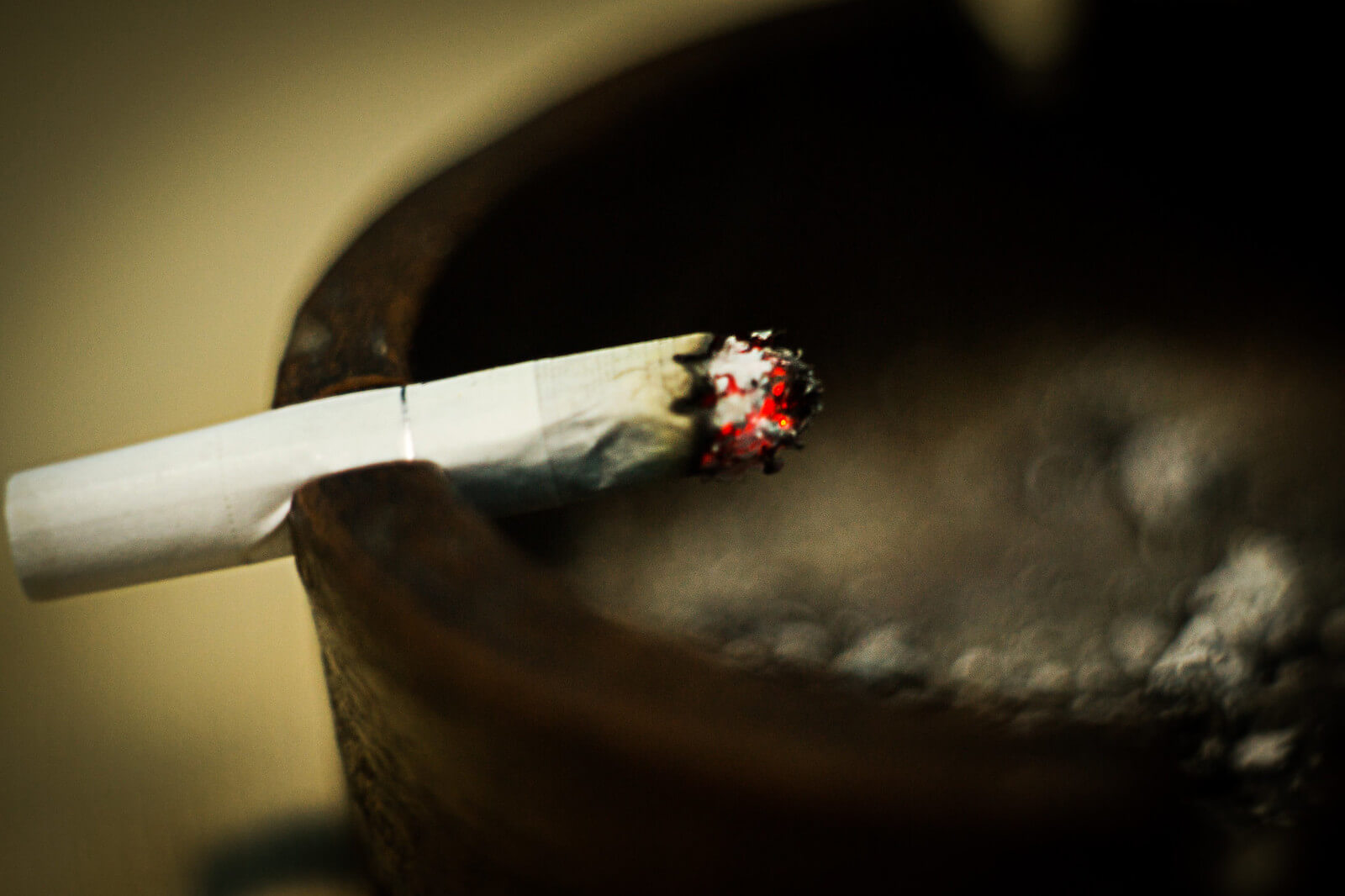 Does smoking make rosacea worse, or do smokers enjoy protection from the disease? Two recent studies have only added to the contradictory body of research on the relationship between smoking and rosacea.
Does smoking make rosacea worse, or do smokers enjoy protection from the disease? Two recent studies have only added to the contradictory body of research on the relationship between smoking and rosacea.
In a study published in the Journal of the European Academy of Dermatology and Venereology, a research team analyzed data from the Taiwan National Health Interview Survey, a public health survey of a representative sample of the Taiwanese population, and the National Health Insurance database, which has both demographics and claims data for 99% of the Taiwanese population.1
Researchers selected 59,973 participants who had never experienced rosacea symptoms before. The study group was made up of 73.7% patients who had never smoked, 21.6% current smokers, and 4.7% former smokers. By the end of the study period, 379 patients had developed rosacea including 343 never smokers, 31 current smokers, and 5 former smokers. The incidence rates/100,000 person-years were 71.86 among never, 21.64 among current, and 19.71 among former smokers. The researchers found current smokers had a significantly lower risk of developing rosacea than those who’d never smoked.
This significantly lower risk held up when the number of cigarettes smoked was considered. Among current smokers, those who smoked more than 15 cigarettes per day were less likely to develop rosacea than those who smoked less than 15 cigarettes each day.
These results differ from another recent study by researchers at Xiangya Hospital in Changsha, China.2 The study included 1,180 patients with rosacea and 1,008 patients without rosacea examined in the Department of Dermatology at Xiangya Hospital, and looked at both groups’ drinking and smoking habits. The study found that current and former smokers were 1.76 times more likely to have rosacea than those who had never smoked.
These conflicting results add to a growing body of inconclusive evidence that includes a study published in 2018 that found a positive correlation between the severity of rosacea and the number of cigarettes smoked by patients who’d once been smokers but were not any longer.3 Additionally, in 2016 the National Rosacea Society reported on a Turkish study of 400 participants that found the rate of smoking was significantly higher in rosacea patients than in patients without rosacea.4 Meanwhile, a 2012 large-scale epidemiological study in the UK found that smokers were at significantly lower risk of rosacea compared with non-smokers, while ex-smokers were at slightly increased risk.5
The Turkish research team pointed out the angiogenic effect of nicotine, which may stimulate blood vessel production to induce the development of rosacea. In contrast, the Taiwanese investigators argued that the anti-inflammatory effects of nicotine may suppress inflammation in rosacea. The Taiwanese research team also speculated that smoking is known to cause the “vasoconstriction of peripheral arteries” which may reduce the enlargement of blood vessels commonly associated with rosacea.
Each study suggests there must be a relationship between rosacea and smoking, but more research is needed to clarify the nature of the relationship.
References:
1. Dai Y, Yeh F, Chou Y, et al. (2020), Cigarette smoking and risk of rosacea: a nationwide population‐based cohort study. J Eur Acad Dermatol Venereol 2020 May 13. doi: 10.1111/jdv.16595.
2. Wang Y, Zhao Z, Liu F, Xie H, Li J, Wang B. Relationship between the incidence of rosacea and drinking or smoking in China[J]. J Cent South Univ (Med Sci) 2020 Feb 28;45(2):165-168. English, Chinese. doi: 10.11817/j.issn.1672-7347.2020.180759
3. Alinia H, Tuchayi SM, Patel NU, et al. Rosacea Triggers: Alcohol and Smoking. Dermatol Clin 2018 Apr;36(2):123-126. doi: 10.1016/j.det.2017.11.007.
4. Kucukunal A, Altunay I, Erkul J, et al. Is the effect of smoking on rosacea still somewhat of a mystery? Cutan Ocul Toxicol 2016;35(2):110-4. doi: 10.3109/15569527.2015.1046184.
5. Spoendlin J, Voegel JJ, Jick SS, Meier CR. A study on the epidemiology of rosacea in the U.K. Br J Dermatol 2012;167(3):598-605. doi:10.1111/j.1365-2133.2012.11037.x
Photo courtesy of Ron Cruz on flickr.